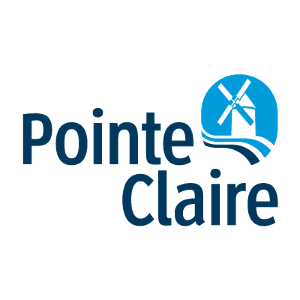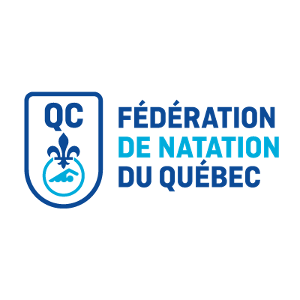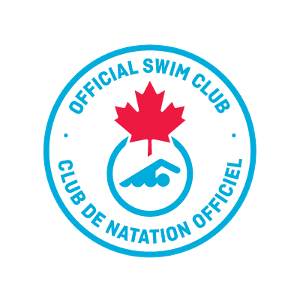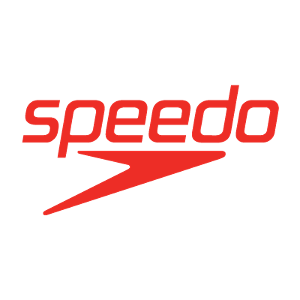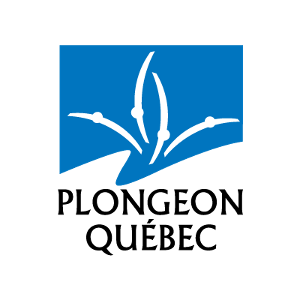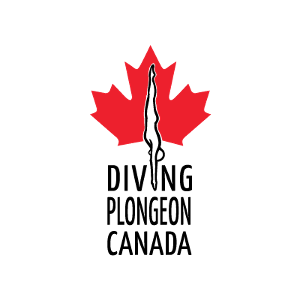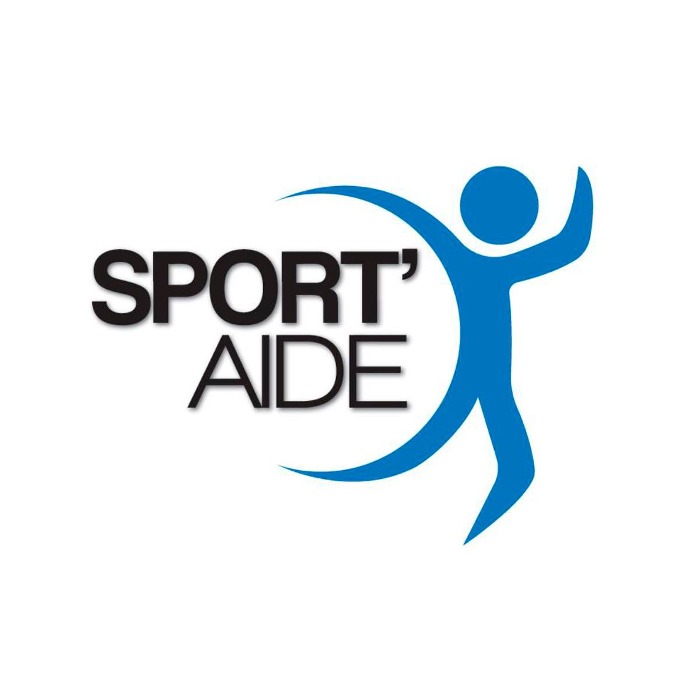Pointe-Claire Swim Club Program Information
Pointe-Claire Swim Club Ecosystem
2025-2026
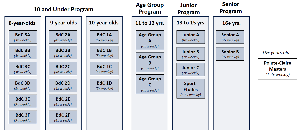
10 and Under Program
Our 10 and under program groups are split up by age.
- The BdC 3 groups (3A, 3B, 3C, 3D, 3E, and 3F) are for 8 year olds
- The BdC 2 groups (2A, 2B, 2C, 2D, 2E, 2F) are for 9 year olds
- The BdC 1 groups (1A, 1B, 1C, 1D) are for 10 year olds.
Program Information:
- Group placement is based on the athlete’s progression in the PCSC development model.
- Athletes in this pathway compete locally at the regional development level.
- An attendance of 70% or more is recommended for optimal athlete progression.
- Our goal for athletes at this level is to build a foundation in all four strokes, develop and enhance technical skills required in competitive swimming, and to teach life skills in a competitive and fun atmosphere.
- Athletes in the 10 and under program train between 3 to 5 times weekly for a total of 4 to 8.5 hours per week, depending on age.
This program is important for:
- Development of swimming technique in the water.
- Learning to have fun in a training environment.
- Basic movement skills: agility, balance, coordination.
- Water safety and movement skills.
- Strength development using own body weight.
Age Group Program
The Age Group program at Pointe-Claire Swim Club is for athletes aged 11 and 12 years old. Groups in the Age Group program are Age Group A, Age Group B, and Age Group C.
Program Information:
- Group placement is based on the athlete’s progression in the PCSC development model.
- Athletes in this program focus on the further development of all four competitive strokes, skills and techniques while developing and maintaining a high level of fitness.
- Introduction to training: This program focuses on teaching athletes how to train effectively while preparing them to train more intensely in the future. We focus on mental development as well as providing new competitive opportunities at this level.
- Aerobic development through training starts in the age group program.
- Minimum attendance requirements during the season of 70% are expected in the Age Group program, with a recommendation of 80% or higher for athlete progression.
- As athletes progress in the Pointe-Claire Swim Club, they become more focused on competitive performance.
This program is important for:
- Further development and consistent demonstration of all swimming skills.
- Further development and consistent demonstration of movement skills.
- Beginning of aerobic development training
- Expert instruction on technical and physical skills.
- Pre-growth spurt focus on repetition of skill leading towards mastery.
- Monitored flexibility training.
- Development of positive attitudes to self, others, and sport.
Junior Program
The Junior program at Pointe-Claire Swim Club is for athletes aged 13 to 15. Groups in the Junior program are Junior A, Junior B, Junior C, and Sport-Etudes.
Program Information:
- Group placement is based on the athlete’s progression in the PCSC development model.
- Athletes in this program focus on the further development of all four competitive strokes, skills and techniques while developing and maintaining a high level of fitness.
- This program focuses on teaching athletes how to train effectively while preparing them to train more intensely in the future. We focus on mental development as well as providing new competitive opportunities at this level.
- Aerobic development continues in the junior program.
- Minimum attendance requirements during the season of 80% are expected in the Junior program, with a recommendation of 90% or higher for athlete progression.
- Morning practices are introduced at this level for certain groups and required for certain groups.
- Athlete progress is more focused on competitive performance compared to the Age Group program.
This program is important for:
- Continuation of the individualization of the physical training approach.
- Mental health development and ability to deal with adversity.
- Advanced physical, technical, and tactical performance skills.
- Further develop aerobic development training.
- Ability to compete in various environments and conditions.
- Maintenance and development of flexibility.
- Development of autonomy, independence, and individual responsibility.
- Lifestyle skill awareness and development.
- Individualized strength development.
Senior Program
The Senior Program at Pointe-Claire Swim Club is for athletes aged 16 and older. Groups in the Senior program are Senior A and Senior B.
Program Information:
- Placement is based on the athlete’s progression in the PCSC development model.
- This program focuses on performance and developing the skills and training background needed to perform at high level competitions at the national and international level.
- Athletes are expected to attend all practices at this level.
- The senior program is an optimized program aimed towards peak performance at specific moments.
- Athletes in our senior program train between 8 to 9 times weekly for a total of 18 to 24 hours of pool and dryland training per week.
This program is important for:
- An optimized approach built around a long-term competitive schedule and annual training plan.
- Mental health development and ability to deal with adversity.
- Advanced physical, technical, and tactical performance skills.
- Ability to compete at consistent high levels under various environments and conditions.
- Assuming a leadership role within group settings and in a swim club.
- Lifestyle skill awareness and development.
- Individualized strength development.
- Competitive performance state management.






























